May 21, 2010
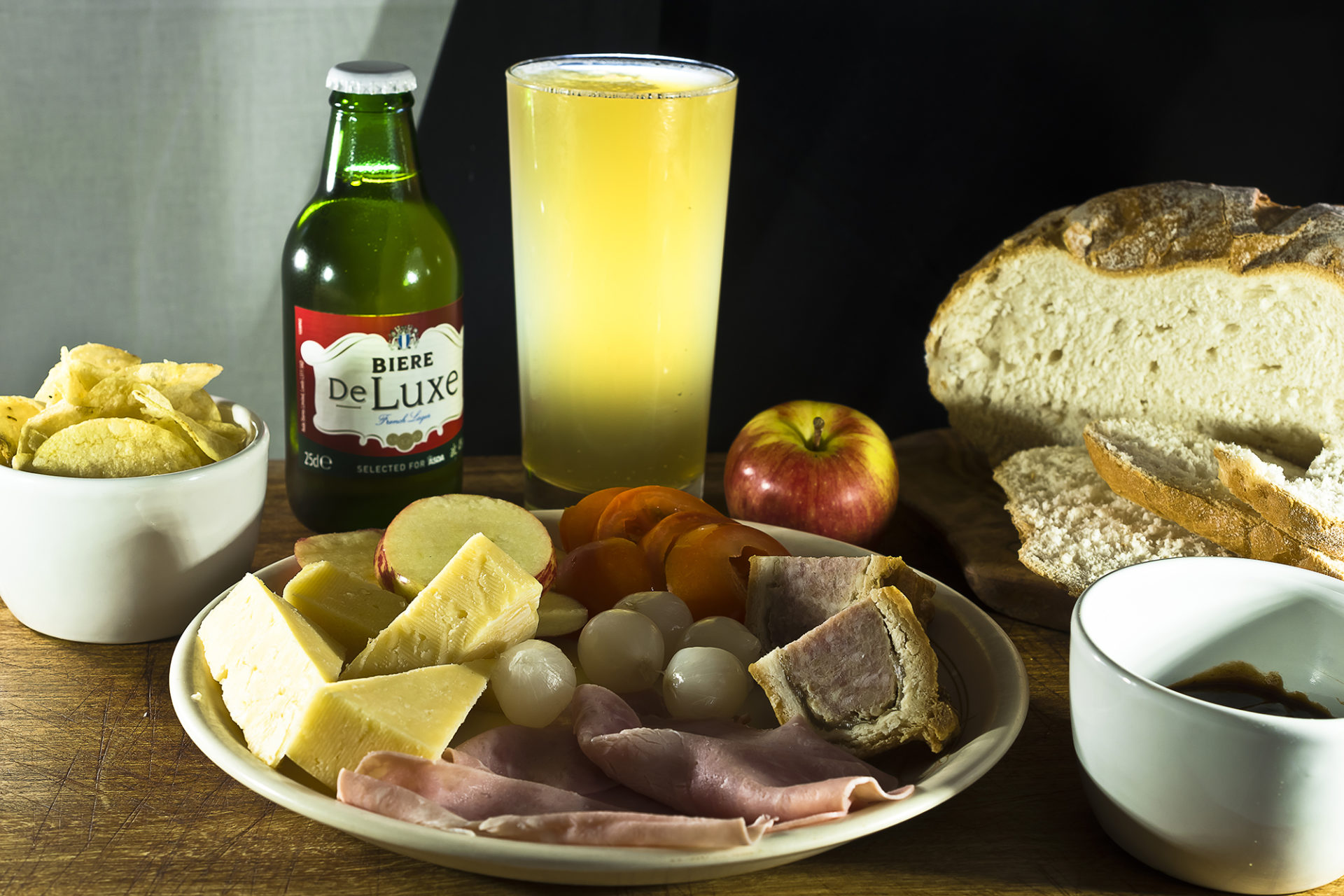
Recently, I had a hard time focusing on what would otherwise have been a very nice date if I hadn’t been constantly sneaking lustful glances at the foot-tall pile of poutine on the table next to ours. It took two waiters to carry it out, trailing steam and the smell of fried duck fat into the cold Manhattan night. They served it on a stand with a built-in moat, designed to catch avalanches of oozing cheese and golden-fried carbs as they topped the whole thing off with a bucket of gravy.
I sized up the couple who were ambitious enough to order such a monument of food. She, a yoga lady about the size of my thumb. He, a thin man who seemed more eager for a cigarette than a massive meal. They snapped pictures of the gratuitous dribbles of cheese and delighted in the rainbow shimmer of grease revealed by their phone flashes, then quickly lost interest. There was barely a dent visible in that unconquerable mountain of food.
I picked at my inadequate salad and tried to redirect my romantic attention toward my date, but I was helpless against the allure of the simmering pile of golden-battered food next to him. It was obvious that the uninterested couple wouldn’t finish it. And though I wanted it more than anything, food theft isn’t socially appropriate on a first date, nor in a pandemic, nor ever. I knew from experience that the waitstaff probably threw out five or ten of these platters every night. No one could possibly eat it all.
I have worked in restaurants, lived on sustenance homesteads, volunteered for aquaponics and permaculture farms, and harvested at food forests from Hawaii to Texas. I invariably come home with a crate of spare cuttings and leftovers that no one else wants. My pockets are often full of uneaten complimentary bread.
This is possible because I live in a country where 30 to 40 percent of food produced is never eaten, where the average family throws out $1,500 worth of food every year, and where a typical restaurant discards about a half-pound of food per meal.
This is an astonishing historical anomaly. In almost any other time and place in human history, someone would look at the very same waste and say, “Looks delicious!” Some of the world’s most common dishes — like chilis, soups, and casseroles — were once common ways of using leftovers. A culture of scarcity created delicious food, often literally out of cultures growing on food: yeasts, molds, and bacteria. We would have no cheese, bread, and beer without them. By contrast, our culture of abundance is also a culture of waste, partly because we have forgotten the ways we used to cook.
To put this another way, the ordinary way of life throughout human history — of cooking creatively with what we have — is long gone and seems forever lost. Now, the ordinary way of life favors a systemic preference for waste.
Our gut response is resignation and a subtle sense of guilt that we are quick to suppress or dismiss. “It’s sort of funny that wasting food is not taboo,” Jonathan Bloom, author of American Wasteland, says in the documentary Just Eat It. “It’s one of the last … environmental ills that you can just get away with.” But it’s more than an environmental ill; it’s social and even psychological.
If another way is possible — a culture that treasures culinary creativity as a normal part of life — it is by gradual changes in our minds, our refrigerators, and our dumpsters. When enough of us feel the urge to eat the poutine one table over, maybe it won’t be so rude to actually do it — or, better yet, it will be rude to leave it behind.
It is easy to blame the corporate food industry for the excessive waste. Here, it’s typically cheaper to throw away a mistake than to correct it. For example, production lines usually continue running even if one component malfunctions, because it’s faster and cheaper to throw away the misprocessed output than to halt the whole line. Imagine thousands of chicken nuggets battered, but not fried, filling a dump truck that sits on standby for exactly this purpose. As a result of such inefficiencies, middleman food producers end up with more tons of wasted food than could ever be distributed.
The sheer quantity of waste seems criminal, and it inspires idealists to cry for a return to smaller, more traditional farming operations. But there are undeniable benefits to the modern agricultural systems that allow us to feed a nation of over 300 million people without forcing the majority of the population back into lives of agrarian labor. In the 1820s, around 80 percent of American workers were farmers. Today, it’s below 2. That’s a story of material gain as well as cultural loss, so perhaps some measure of waste is a built-in feature of the industrial agriculture that sustains the standard of living we have come to take for granted.
The upsides of today’s food systems go beyond mere abundance. Advocates of localism may have a point about eating food farm-to-table. But oh, how my heart soars when I go to H-Mart in suburban Cary, North Carolina and buy a crisp Asian pear in the dead of winter! One bite and I’m back in my earliest childhood memories in the markets of Singapore. The uniquely diverse American populace yearns for an equally diverse food selection. Every time we set foot in today’s average grocery chain, we access a selection of foods our grandparents could never have dreamed of. The expectation that society would willingly trade this for more eco-conscious agricultural pipelines is, well, a pipe dream.
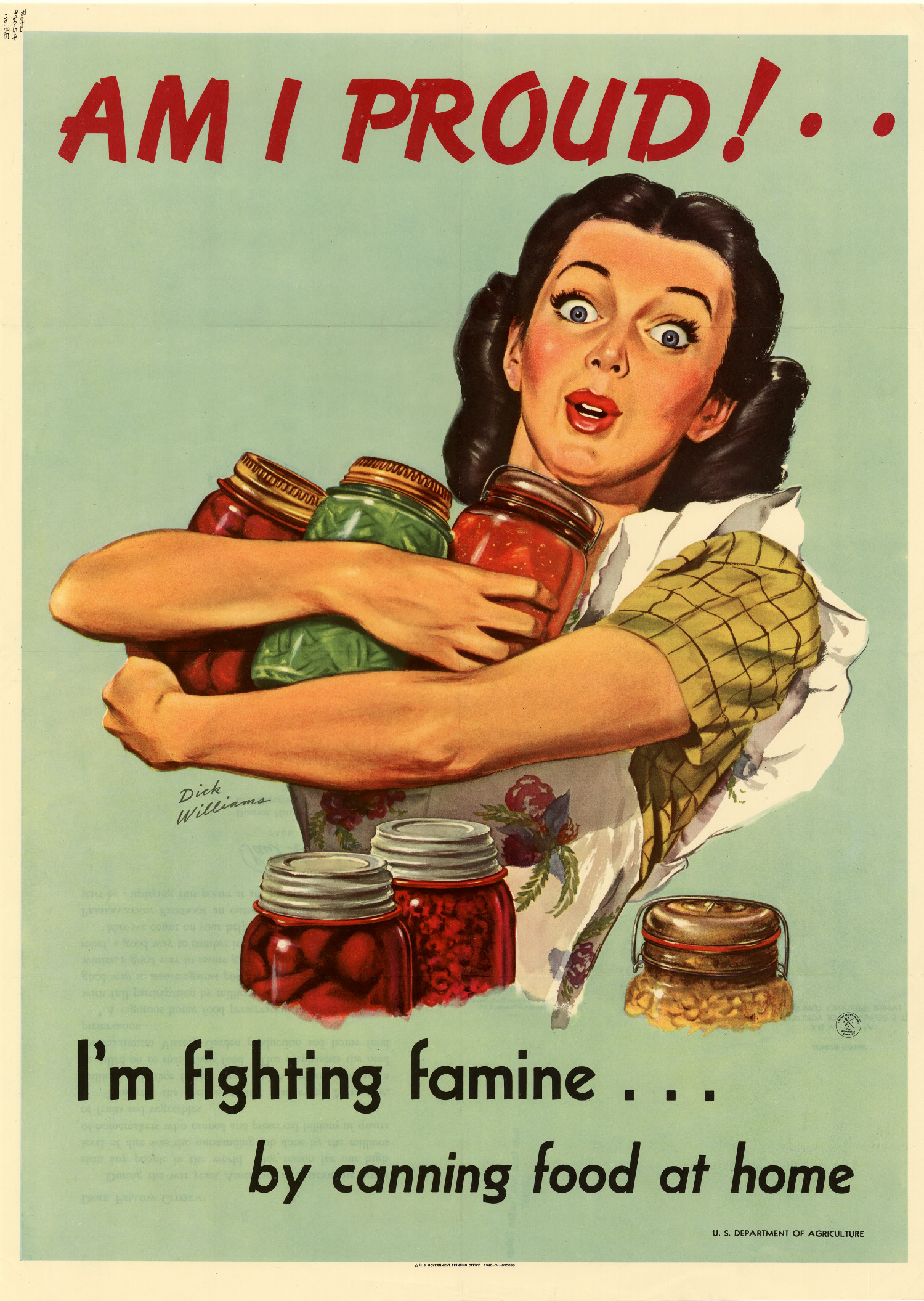
And in any case, the food system is not solely responsible for our society’s food-waste problem. Production, manufacturing, and distribution account for only about half of all food waste. The rest is from all of us — food tossed in the garbage bin at the consumer level. This translates to 290 pounds per person per year, a fifth of all food produced, equivalent to about one percent of America’s GDP.
This brings us back to the leftovers on the table at the restaurant. The poutine is sitting right there, an arm’s reach away, where I’ve watched it since the moment it left the kitchen. I know that the couple barely touched it and I’m healthy enough to likely fend off any stray bacteria. I’d even be willing to sign off liability to the restaurant if I contract food poisoning, but still I couldn’t have that delicious poutine. Even if I did, what would I do with it? I have plans to go out tonight. Honestly, the restaurant shouldn’t have been selling such an outrageous serving size to begin with.
The sad truth is that our existing systems lack the infrastructure necessary to help people make wise food consumption a habitual part of daily life. Very few people can deal with the hassle, or work up the willpower, to use burlap sacks and glass jars for packing a lunch, or carry around Tupperware to bring home restaurant leftovers in something other than leaky Styrofoam boxes. Bea Johnson, the so-called “priestess” of the zero-waste movement, writes that “considering the manufacturing practices in place, it is evident that absolute Zero Waste is not possible today.”
But people who know the systems are often good at working around them.
Hiking in Hawaii, a local once taught me how to spot wild-growing strawberry guavas, which tasted like a French dessert and didn’t seem to be sold anywhere, not even on the island’s farmer’s markets. But, for those in the know, they’re a bountiful snack that can be found by the hundreds almost anywhere from backcountry hiking paths to highway esplanades. I once saw a woman shimmy out of her car at a long stoplight to grab a few handfuls. She didn’t even need to take both feet out of the vehicle to reach them.
In Appalachia, I found neon-orange chanterelle mushrooms that grew as big as a fist and tasted like Normandy butter. I was also introduced to a career forager who made what he called a “cheesecake” out of “mountain olives.” It was not cheese, nor olives, and it was so good I followed him around for a week in the wet, muddy pine forests begging for more. I still have no idea what I ate, but I’ll never stop searching for that sweet, unearthly taste.
I’ve worked all along America’s food-supply chain and have discovered that most food professionals — service employees, horticulturalists, restaurant managers, and food enthusiasts alike — employ their insider knowledge to become prolific scavengers. They do this not because they’re starving or destitute, but because they know that the cultural and regulatory boundaries that determine the difference between what is food and what isn’t are almost entirely superficial. I once worked with a dishwasher who lived off of customers’ untouched ribeye steaks.

My most enriching discovery has been the low-lying community of food-liberating urbanists. There’s a growing category of influencers on TikTok and Instagram sharing cheap grocery “hacks” for accessing the food-waste market, such as how to ask local vendors for their unsold products for cents on the dollar. A particularly useful tip introduced me to Too Good To Go, an app that allows vendors to post “surprise bags” of surplus food to buyers for an average of about five dollars. In high-cost cities like New York, this solution offers both an additional stream of income to sellers and much-needed affordable food to locals.
I’ve also joined a small but growing community of resourceful city dwellers who have collected thousands of dollars of fresh cheese, lettuce, bread, frozen meals, energy bars, and fresh nuts — free of charge. How? We dumpster-dive. That’s right, you saw it coming. The people involved are typically office workers, parents, and students. We organize on Facebook, we plan and schedule, and usually meet at the Whole Foods dumpster, where the quality is unmatched.
Don’t let the bad reputation fool you. Dumpsters at big grocery chains are emptied almost every day and, in my experience, are often no dirtier than the average kitchen floor. Food is sealed in the same packaging you see on the shelves, often expired that very day, and produce is usually sorted by type in trash bags. It’s rare to find stale bread (French toast, ribollita, a side for soup) in the same bag as overripe fruit (smoothies, moonshine, banana bread). Grocery stores throw out about 30 percent of the food on their shelves. Let that sink in: A third of what you see on the shelves is free for anyone bold enough to go out back and fish it out of the dumpster after hours.
Naturally, the scavenging life is not to everyone’s taste. Many will think dumpster-diving is just outrageous. But what is actually absurd is to tolerate a food system and a culture that wastes as much food as we do. That we are seemingly faced with these two extreme choices — succumbing to a system that requires entire dumpsters just for food, or diving into them to get it back out — goes to show the scale of our predicament. A persuasive alternative may have to begin somewhere in between, slowly, in our minds and in the home.
Here is why the problem feels so intractable: We have forgotten how to differentiate between food and waste. It should seem absurd that we accept the idea of food waste at all.
Properly understood, there is no such thing as food waste. There is food. There is waste. But “food waste” is a bizarre term. The two words are mutually exclusive. Waste is supposed to be inherently not worth having, because it is somehow bad or useless. But when we throw out food that is still edible, then it isn’t waste — except in the very literal sense of us having wasted food. And if food becomes no longer edible to us, then, yes, it is a sort of waste but could otherwise just as well be called compost or pig food.
When we look at it this way, the term “food waste” is evidence of a culture of profuse excess, where we have no other words to explain where the missing third of our food disappeared to between farm and table.
The concept of food waste didn’t even exist a few generations ago. According to the database of literature cataloged by Google Books, the term hardly appeared until the 1910s, when previously unmonitored industrial farming operations first experienced a regulatory overhaul and began the dramatic increase of food in landfills.
Of course, these regulations are designed to protect us and have been doing so since the Food and Drug Administration was started in 1906 in response to the publication of Upton Sinclair’s The Jungle, which exposed the dirty laundry of the meatpacking industry. Jif peanut butter, for example, was recently recalled because of potential salmonella contamination. However, some regulations are terribly inefficient for distinguishing food from waste.
Take expiration dates, which we might think are a self-evident and unmistakable boundary line between food and waste. Most Americans treat them with unquestioning credibility and will toss anything a day or two over the limit straight into the trash.
But expiration dates are almost entirely superficial. With the exception of infant formula, they are voluntary, according to the U.S. Department of Agriculture. The agency even encourages us to question expiration dates. On its landing page on food dating, we read that “in an effort to reduce food waste, it is important that consumers understand that the dates applied to food are for quality and not for safety.”
We can also suspect that producers often cut expiration dates short so that grocery distributors are obligated to buy more supply at a faster turnover. “It’s in the general interest of anybody trying to sell anything to continue to perpetuate the illusion that our foods are going bad all the time,” said Tamar Adler, author of An Everlasting Meal: Cooking with Economy and Grace, in a Vox interview.
“Best by” typically means just that. Most of our discarded items might not be at their best, but they’re still good enough to eat. In fact, The Natural Resources Defense Council, an international nonprofit, estimates that 68 percent of all food discarded in American kitchens is still edible. That consumable garbage goes nowhere. Meanwhile, one in ten American households struggles with food scarcity. The guilt itches.
So how should we determine when food goes bad in our kitchens? For starters, just guess — and, with practice, learn to trust yourself. Prior to food regulations, the distinction between food and waste was as simple as what could be determined with the five senses. Touch it to see if it’s stale. Smell it to figure out if it stinks. Look at it. If the milk is the consistency of swampy clam chowder, then don’t drink it. If you’re really not sure about a food, a small taste won’t hurt you. If you want something to worry about, forget wilting lettuce and check out why the EU won’t allow most U.S. beef to be imported. (Hormones.)
Of course, it’s not always so simple. We have all gotten halfway through a bowl of some dubious leftover only to realize that something about it is unmistakably off. The modern consumer’s reliance on best-by dates, refrigeration, and preservatives has atrophied our instincts for assessing food. It doesn’t help that our diet often consists of confounding hyper-processed materials that bear no resemblance to anything our ancestors would have recognized as food. (I’d love to see an ancient hunter-gatherer’s reaction to a Cheeto.) Once you begin to pay attention, the skills come as naturally as learning any other essential function. It’s like, well, eating. And paying attention can make food taste better too.
There are also a few general principles that our culture has largely forgotten but that are relatively easy to learn. For example, we have all heard that we should not eat food with mold on it. Period. This is true for items like fruit and bread, where visible mold is an indicator of invisible mold spores beyond what can be seen with the naked eye. However, the rule doesn’t apply to hard cheese or most hard vegetables, which are impermeable. In these cases, you are safe to cut off the moldy bits and dig in.
Do I need to offer a disclaimer here? Let me offer the disclaimer: This essay is not a guide to the principles of food safety. It is a call to stop assuming that foods you aren’t sure about will hurt you, to read up on those principles for yourself, start developing your own judgment, and gradually learn to trust it. If you want to know what makes food go bad and what “bad” means — and you should want to know! — a good place to start is the handy food safety guides from the USDA, which are much more pragmatic than the conventional safetyist wisdom.
There is so much we lose out on when we fail to develop that judgment. Our general ignorance of anything that molds or ferments, for example, is also the reason most of us are not in the habit of preserving food before it ever spoils. Alcohol is one of nature’s great food preservatives. It kills bacteria, yeast, and fungus by dissolving their cell membranes. It’s especially valuable for fruit, where its ability to dissolve organic molecules allows it to extract aromatic compounds and boost flavor.
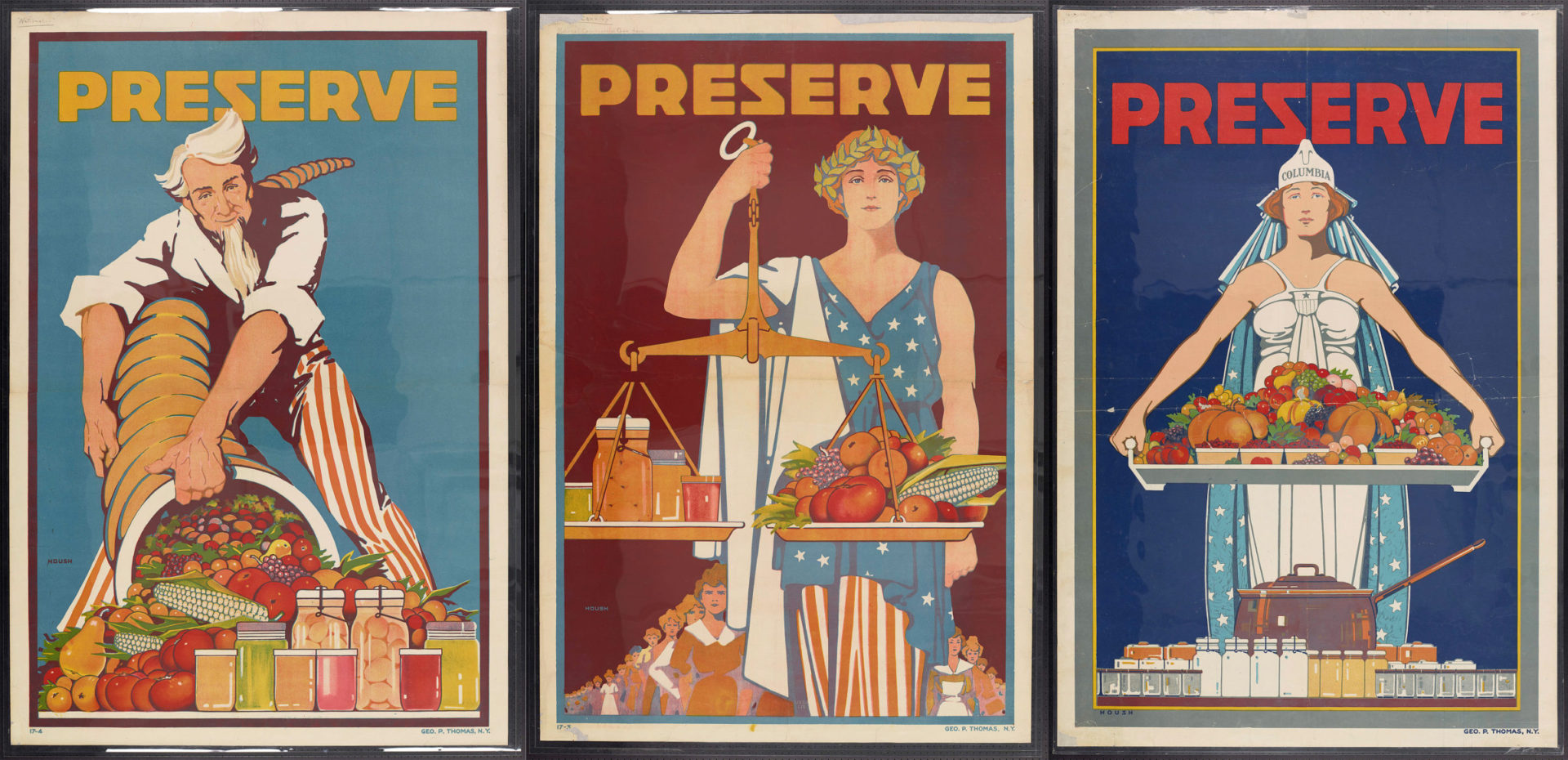
Alcohol is only one type of preservative. Others commonly found in the kitchen are lemon juice, lime juice, and vinegar. These all kill bacteria and keep food from spoiling. Plain salt works well too — a 2006 study in the journal Food Microbiology found that salting sheep guts was enough to reduce most pathogens to “well below acceptable levels.”
Catch-all rules like avoiding mold or anything that seems fermented might be helpful for children or anyone with conditions causing food sensitivity, but they lack the nuance required to judge food on a case-by-case basis without being wasteful. We need to become reacquainted with the common sense that once determined our cooking and our diets. We’ve been rightly warned that not all dangers are detectable, but the oversimplification that food with any slightly suspected danger can be labeled “food waste” encourages consumers to be indiscriminate and lazy. Like our mass-production pipelines, we are given the tempting option to choose efficiency over ethicality. Only that lingering guilt — that irksome cognitive dissonance — remains to remind us that our judgment isn’t entirely sound.
The opportunity for food to definitionally transform into waste exists at every step in the consumer journey, where misperceived risk often leads common sense astray. Volunteering at a local organic farm, I learned that ugly produce not only didn’t sell but inspired such disgust that customers wrote negative reviews that threatened the farm’s livelihood. This was food misperceived as waste. Dating a grocery store manager, I learned that any refrigerated food found outside a refrigerator or returned to a cashier is instantly disposed of, regardless of whether it spent a few seconds or a few hours outside of its required climate conditions. Again (with the rare exception of items that had been left unnoticed for more than an hour or two), this was food, not waste.
If we want to make a sizeable impact on the largest category of material in today’s landfills, we only need to gain a baseline knowledge of how our food systems work, observe our daily consumption habits, and occasionally ask: Is this really waste?
And we should take to heart what to some will be an unnerving thing to consider. The FDA food code mandates that restaurants throw out any food that’s so much as placed within reach of a hungry customer. Now think about how much complimentary bread you’ve eaten in your lifetime. And now listen to what American star chef Anthony Bourdain wrote in the book that made his name, Kitchen Confidential:
The reuse of bread is an industry-wide practice…. I’m sure that some restaurants explicitly instruct their Bengali busboys to throw out all that unused bread — which amounts to about 50 percent — and maybe some places actually do it. But when it’s busy, and the busboy is crumbing tables, emptying ashtrays, refilling water glasses, making espresso and cappuccino, hustling dirty dishes to the dishwasher — and he sees a basket full of untouched bread — most times he’s going to use it. This is a fact of life. This doesn’t bother me, and shouldn’t surprise you.
We are already living in flagrant violation of our own food regulations, and that is because some of them don’t make very much sense.
Food waste is too new of a concept to be considered mainstream. Up until recent history, food was a limited resource and therefore made use of to its full potential. Very little was allowed to go bad, and we found uses for the small amounts that did. Thanks to today’s abundant food production, we will not regain that sense of scarcity, and that’s a good thing. But to cut down on waste, we do need to regain a sense of our great-grandmothers’ ingenuity. A third of Americans ate fast food in the last twenty-four hours, and there are seventy-eight full-service restaurants per 100,000 people nationwide. It’s time we re-learn how to be resourceful with food.
Ancient Mesopotamian and Roman civilizations fashioned old lard into soap, while the Gauls mixed beef fat with ashes to dye their hair, much like we use henna or box dye today. Medieval craftiness with old fruit gave us the precious gifts of sangria and cider.
Prior to the popularization of refrigeration, we fed overripe snacks to our pets, especially dogs and pigs, who aren’t picky eaters. When I was considering getting a cat, I lamented the cost and effort of cat food and got a rabbit instead. She manages the household compost, and eats leftover cuttings from the local community farm, where she works as a beloved lawnmower and simultaneous mulch distributor.
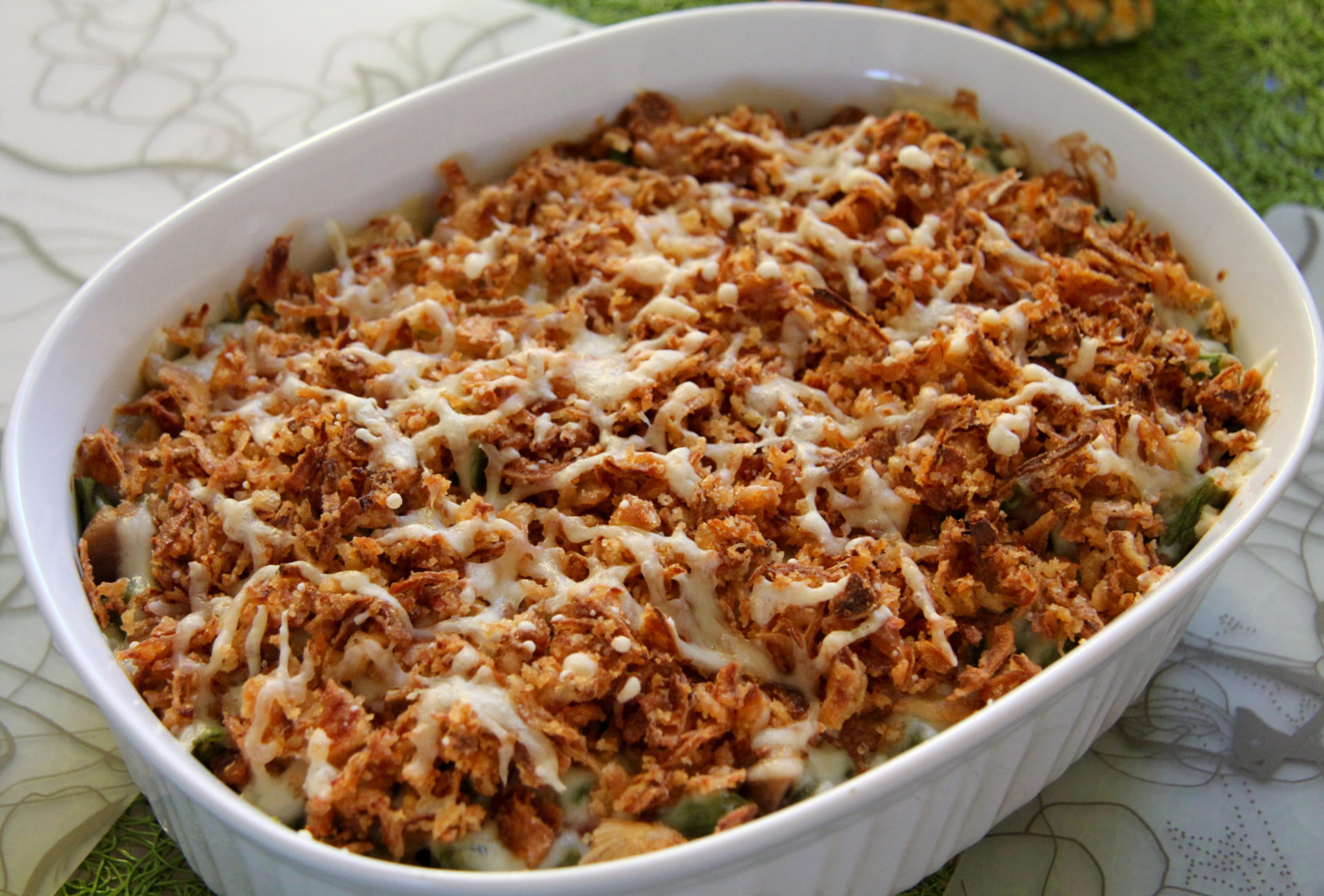
Recognizing food as a valuable resource encourages creativity in the kitchen and fosters a wider repertoire of cooking skills — an investment that ultimately pays for itself with a lifetime of better, faster, more resourceful cooking. During food shortages in World War II, crafty housewives made casseroles, soups, and stews that contained anything digestible in any format, and that could be frozen for eternity. Bond with your grandma — ask her how to make a classic Tuna Ring. Or take a lesson from the Vikings, who ate the previous night’s stew leftovers for breakfast. It tastes better the next day anyway.
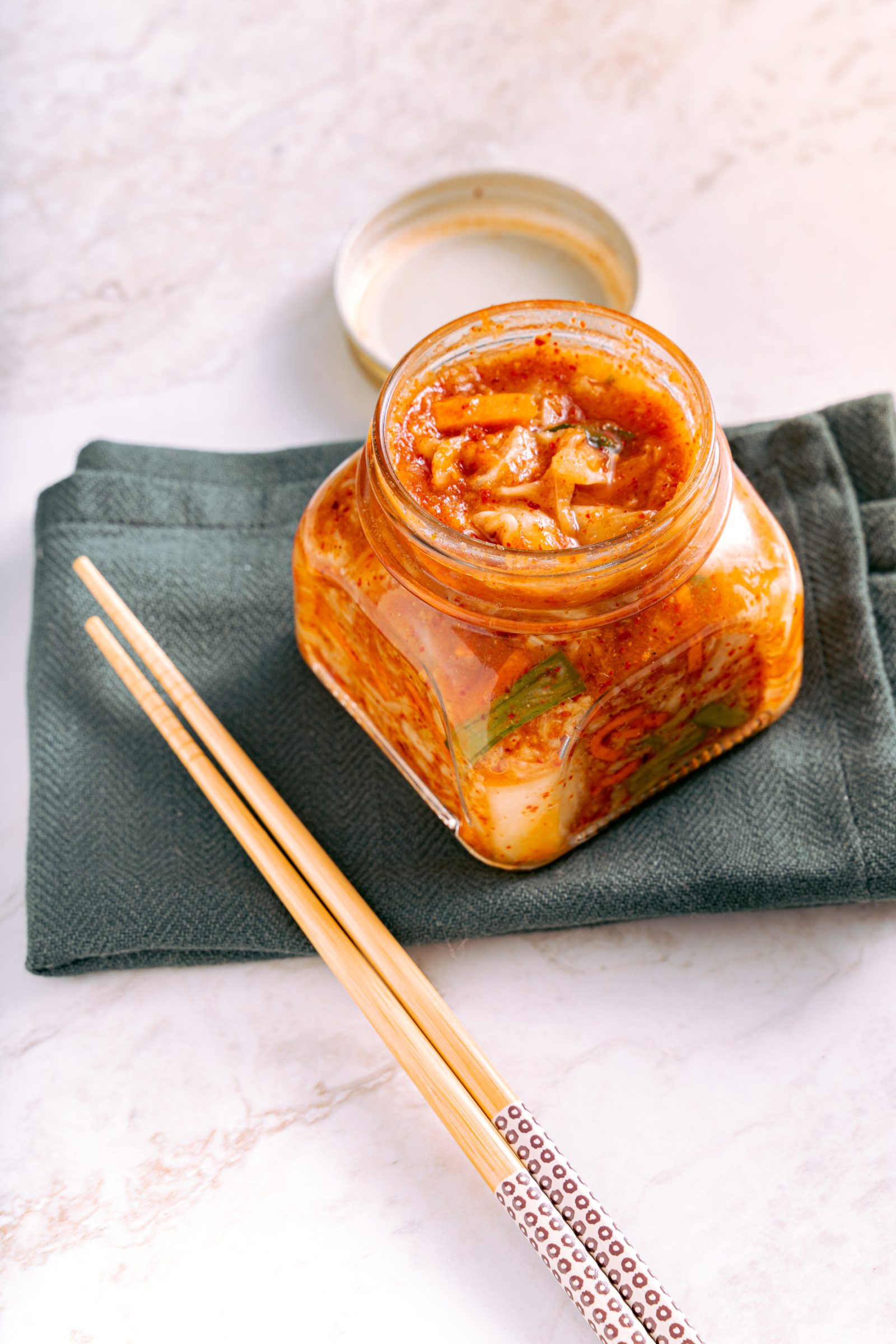
While it’s not advisable to eat the food that actually has become inedible garbage, it would be negligent not to mention innovations that have likely resulted from chance experiments with rotting food, such as kimchi. Imagine Korean peasants thousands of years ago discovering the magic of fermentation, when the microorganisms in their thrown-out cabbage rinds turned them into delicious food. Similar experimentation is underway today in the world’s most esteemed kitchens. René Redzepi, one of the greatest chefs alive, is dragging the rest of society along kicking and screaming on a fermentation revolution that has inspired chefs and home cooks worldwide.
Or consider the heavenly complexity of curry, which was reportedly devised to cover the taste of spoiled meat. Granted, modern breakthroughs in gastronomy have since taught us that the taste of rotten food is not what’s dangerous about it, so curry spices would not have done much to stop food poisoning, but the invention generated an entire food culture in India and colonial Britain that has survived to this day.
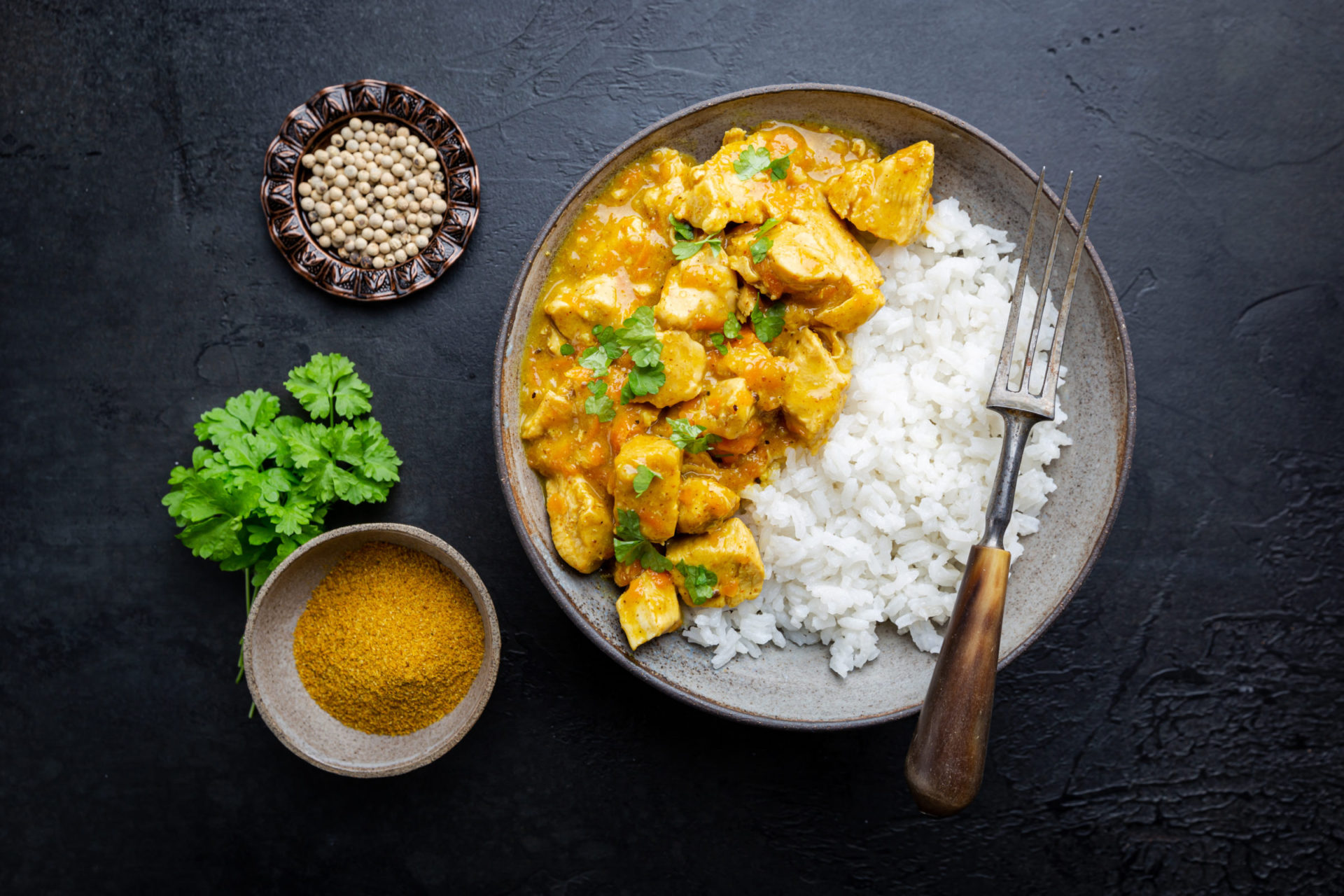
In home kitchens in Nigeria, cooking blogs have gotten creative with leftovers, making nut brittles, stir-fried jollof rice, and ukodo from leftover yam and pepper soup. Perhaps these strategies help to explain why food waste among Nigerian consumers is virtually non-existent. A particularly adventurous friend of mine found her own niche for eliminating food waste by integrating souring produce and failed culinary experiments into handcrafted beer, which has produced some serendipitous results, such as one batch of lager that tasted uncannily like churros.
Experimenting with food on the cusp of going bad may sound like a dangerous game, but it’s not difficult to assess food for risk. The best method for identifying expired or genuinely inedible food is still plain common sense, tutored by some experience and a little bit of study.
Using food resourcefully isn’t always easy, and it will involve failure. I once lived in a housing cooperative where all twenty-six residents shared food. While I was there, one resident led a valiant effort to move the house toward an ambitious waste-minimization policy. We got glass jars and burlap sacks to fill with bulk goods from the local food co-op. We bought imperfect produce and signed up for local CSAs (for Community-Supported Agriculture, a type of subscription service to get produce more directly from farms), which we received in recyclable crates. I made carrot-top pesto and pickled okra. Our compost piles (there were three) smelled so bad that neighbors complained.
We hated our neighbors, so we kept the compost going, but the jars disappeared or broke, the person assigned to fetch the produce always forgot the crates, and the zero-waste initiative was generally deemed impossible to maintain. We didn’t talk about it. When we cleaned the fridge out at the end of the year we left the pickled okra in the back even though we knew no one would ever eat it.
I was more successful on another occasion when I found myself with eight full-size cardboard boxes of heirloom tomatoes. The produce was donated by a local grocery chain, which opened its loading dock doors every other Sunday morning to the area’s nonprofits and housing cooperatives to dole out bruised produce, recently-expired staples, and edible odds and ends.
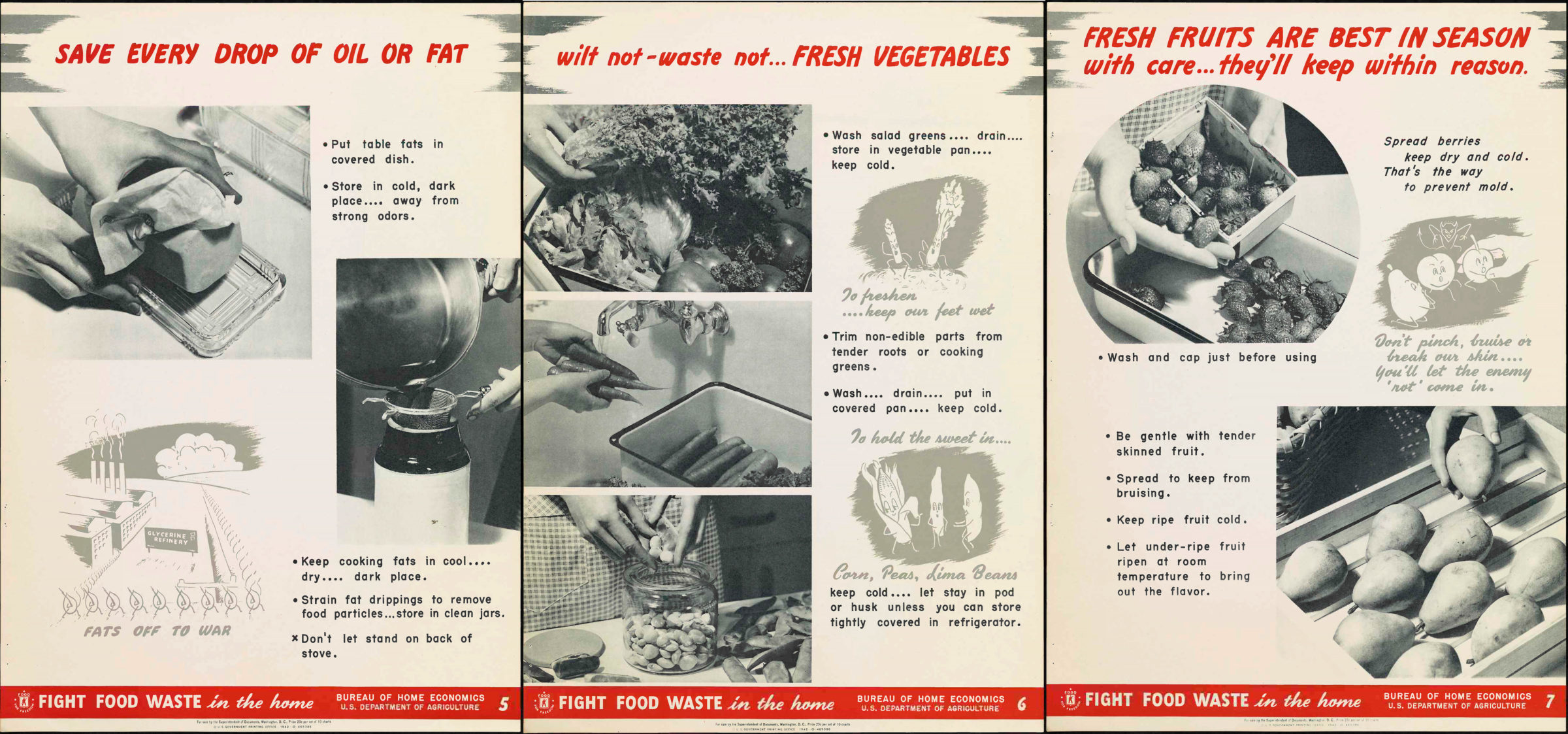
On this particular occasion, the store could offer only tomatoes, so I ended up with hundreds. Thrilled by the challenge, I made tomato sauce, chili, pizza, shakshuka, and tomato-basil soup. I served bruschetta and simple salted tomato slices served like carpaccio. The tomatoes were green and red and yellow. In a salsa, they became rich and brown, their sugar caramelized into decadence. In a lasagna, the cross-section of cuts was rainbowed like layer cake.
Despite my best efforts, my housemates grew tired of tomato-based meals, and my heart broke to see the hundreds of tomatoes still remaining soften and ooze. However, I was already deep in sunk investment. I began to research alternatives. A ten-minute web search was all that was necessary to discover that tomatoes have amazing skin care benefits. They plump and tone dried-out skin and also serve as relief for sunburn. In the heat of summer, my housemates proved this to be true. Another housemate joined my efforts and set up a rack for sun-dried tomatoes, which was hugely successful. After the tomatoes were long gone, the drying racks remained and became a fun novelty for experimentation with other foods, like figs (good), grapes (good), mushrooms (bad), mangoes (weird but okay), and peppers (good).
But all this strained creativity is only a provisional solution to a larger problem. Our society seems stuck in its belief that food waste is a necessary evil, that the consumer is trapped as a victim of the system, and that food safety regulations are unquestionable truths. All this is false. It is when you dwell on this long enough that what once seemed like an eccentric response starts to look like the real common sense.
Not up for dumpster-diving yet? Here’s an idea with a lower barrier to entry.
My father was adept at finding ways to transform moldering and ripened flavors into first-class culinary experiences. His secret: andouille sausage and as much lemon and onion as possible. I’ve adapted his gumbo recipe below to include pretty much anything you can dig out of the bottom drawer of the fridge. Enjoy!
Ingredients:
Directions:
May 21, 2010
Exhausted by science and tech debates that go nowhere?